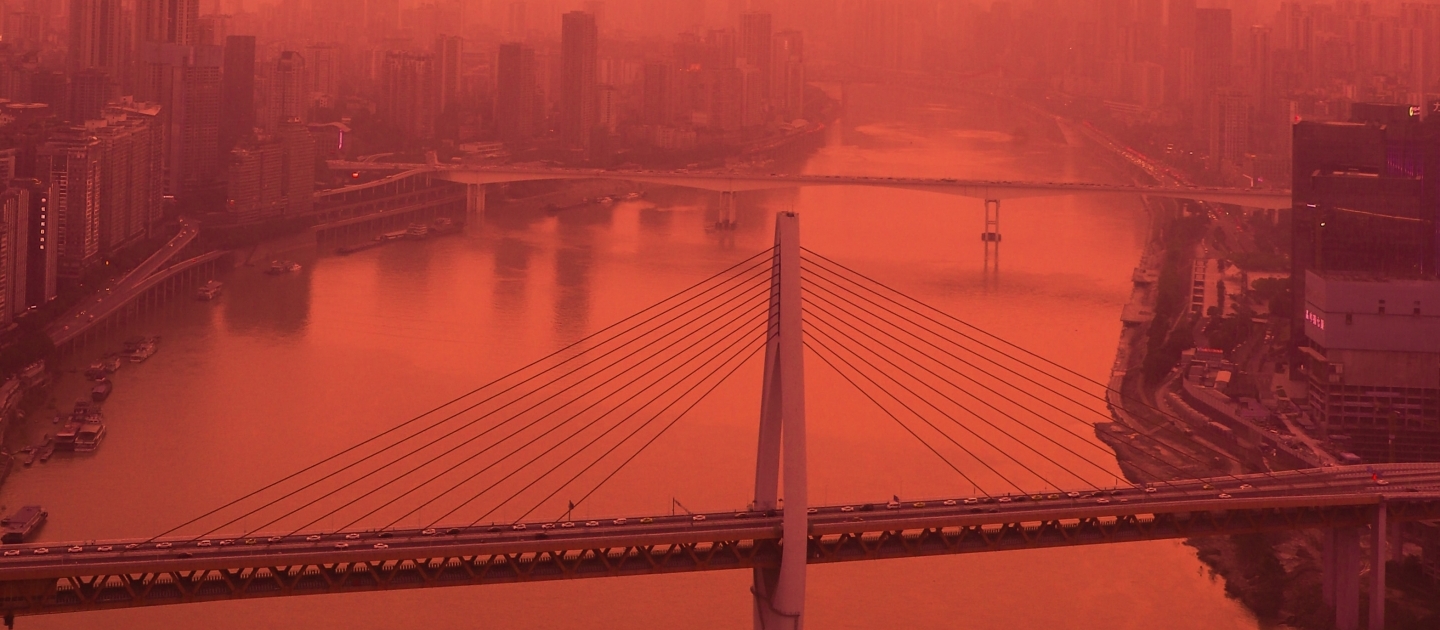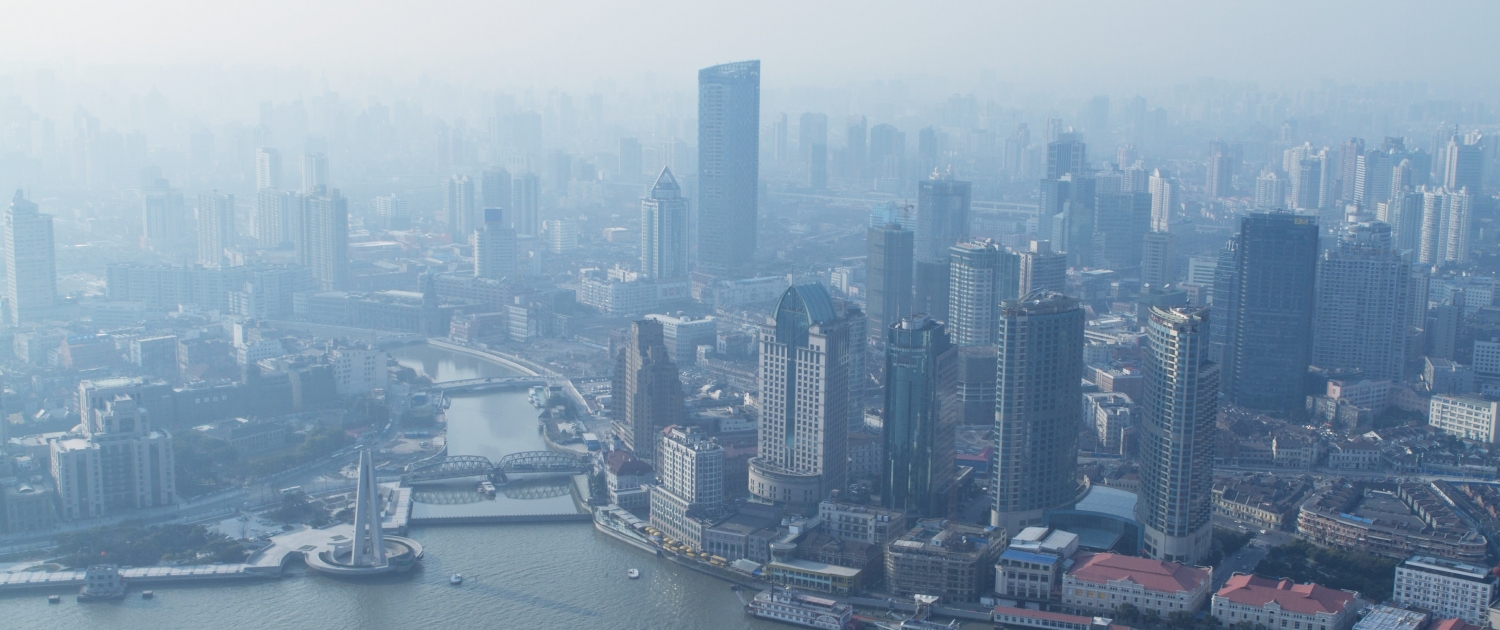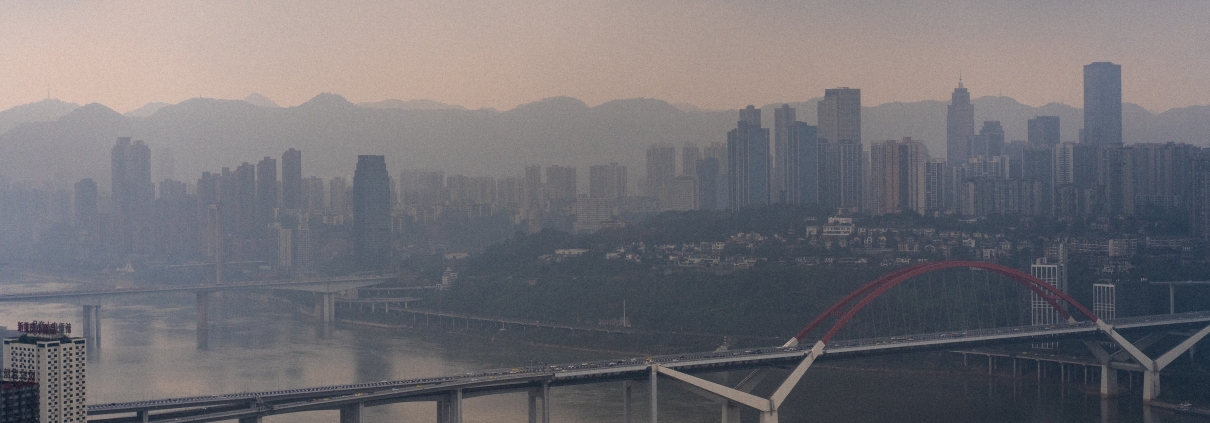What the color of your smog tells you about local air pollutants
Smog makes our air unclear and gives a reddish-brown haze of color over our cities. This is why smog can be used as an indicator of poor air quality. Smog can also tell you the severity of air pollutants in your area too. Read on to find out more.
What is Smog?
Smog is a type of pollution that reduces visibility. There are two main types of smog: photochemical and sulphurous. Photochemical smog is common in urban areas. It is produced from car exhaust, coal power plants, factory emissions, and other sources. Sulphurous smog results from high concentrations of sulfur oxides (SOx) coming from fossil fuels such as coal.
Smog can have different colors that tells you about what air pollutants that are involved:
| Smog color | Air Pollutant Source |
|---|---|
| Reddish-brown | Nitrogen oxides (NOx) |
| Black or grey | Black carbon (BC) and particulate matter (PM) |
| Blue | Ground level ozone (O3) |
| Yellow | Certain types of particulate matter (PM), e.g. from Sahara dust |
Air pollutants not only soften sky colors, but also reduce the total amount of light that reaches the ground. This changes the intensity and brilliance of sunsets and sunrises.
Reddish-brown smog: nitrogen oxides

Nitrogen oxides (NOx) , a colorless, toxic gas that comes from combustion of oil, coal, and gas. NOx can also come from forest fires, volcanic action, and lightning. In low concentrations, NOx has also been used for medical purposes, including blood pressure and flow and treating impotence.
NOx has a negative environmental effect, as it can decrease visibility and suppress plant growth. In humans, NOx is a skin, eye, and mucous membrane irritant. This is because moisture and oxygen convert nitric oxide into nitric and nitrous acids. Such symptoms can include coughing, shortness of breath, burning in the throat and chest, and even experiencing nausea and fatigue.
Black or grey smog: black carbon and particulate matter

Black carbon (BC), or soot, is part of fine particulate matter formed by incomplete combustion of fossil fuels, woods, and other fuels. BC sources are emitted from household energy (51%), transport (26%), agriculture (8%), industrial production (5%), waste (5%), fossil fuel operations (3%), and large-scale combustion (2%). BC is also an important contributor to climate change because it is very effective at absorbing light and heating its surroundings. It can therefore influence cloud formation and impact rainfall patterns.
Particulate matter (PM) consists of airborne liquid and solid particles that are classified by the size of its particles. PM can come from a direct source such as power plants, factories, constructions, stoves, and heaters. It can also be formed as a result from chemical and physical reaction with other compounds like sulfur dioxide (SO2), nitrogen oxides (NOx), ammonia (NH3), and volatile organic compounds (VOCs). Depending on its chemical composition, PM can have environmental effects that vary from decreased soil nutrients, acid rain effects, damage in building materials, and affecting the ecosystem diversity.
Blue: ground level ozone

Ground level ozone (O3) is an air pollutant with a pale blue color and a pungent smell. O3 is also a major component of smog. Existing air pollutants like carbon monoxide (CO), NOx, and VOCs undergo photochemical reactions from strong sunlight and UV radiation to form O3. Other human sources of O3 include vehicles, fossil fuel power plants, oil and chemical refineries, and the agricultural sector.
O3 affects the environment by breaking down rubber, suppressing plant growth, damaging plastics, and decreasing crop yields. It also has carcinogenic health effects, leading to reduced lung function and respiratory diseases.
Getting actionable data about local air regional air pollution
While looking at the sky might provide you with a general idea of the air pollution situation in your city, distinguishing between colors and pollutants might often be difficult – particularly when your municipality is not experiencing the heavy bouts of air pollution that megacities are known for.
Gathering quantifiable and actionable data about air pollution supports city managers in urban planning and management, and helps citizens to protect themselves from local pollution hotspots. Deploying lower-cost air quality sensors is a simple and cost-effective way to start gathering this data, and using an air quality index (AQI) translates this numerical data into understandable information.
At Breeze Technologies, we work with businesses, municipalities and other organizations to monitor and manage air quality and air pollutants, as well as clean air action plans and their success. Contact us today if you want to start gathering air quality data in your city, too!



